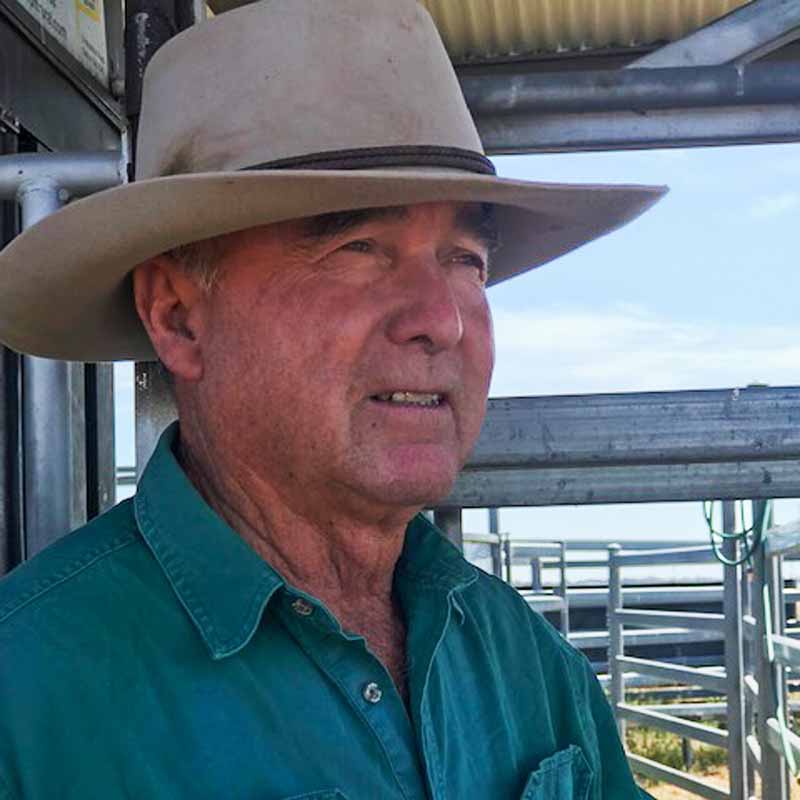 Steve Taylor at Moriah
Steve Taylor at Moriah
Five decades of conventional cropping on Moriah had paid dividends for previous owners, but when the Taylors bought the farm in 2003 their intent was to run cattle.
Steve openly admits his skill base was not in cropping. Instead he wanted to use the new piece of land as a finishing block for steers bred on the family's western Queensland country. And while the Chinchilla country was not denuded or degraded, the end result of years of farming practices was a compacted topsoil layer and poor soil health. 'It was always going to be a challenge to get pastures established on this cropping country,' Steve says. He was also concerned about the impact of continuous cropping on levels of trace elements, some which could be in the smallest quantities naturally but which had been mined by crops year after year, again impacting soil health.
Here were soils that were gradually moving further and further from their natural state with every crop that was grown
Here were soils that were gradually moving further and further from their natural state with every crop that was grown, requiring ever-increasing amounts of inputs to make those crops a success. What Steve wanted was as natural a system as possible, one which mimicked natural processes and responded positively to rainfall events. He wanted that rainfall to be absorbed into the ground, to be stored for later, rather than running off. Steve is quick to point out he is 'not a green enthusiast', but at the same time, he's a keen observer of soil health and of natural systems. However, this must run parallel to operating a farming business that is profitable.


